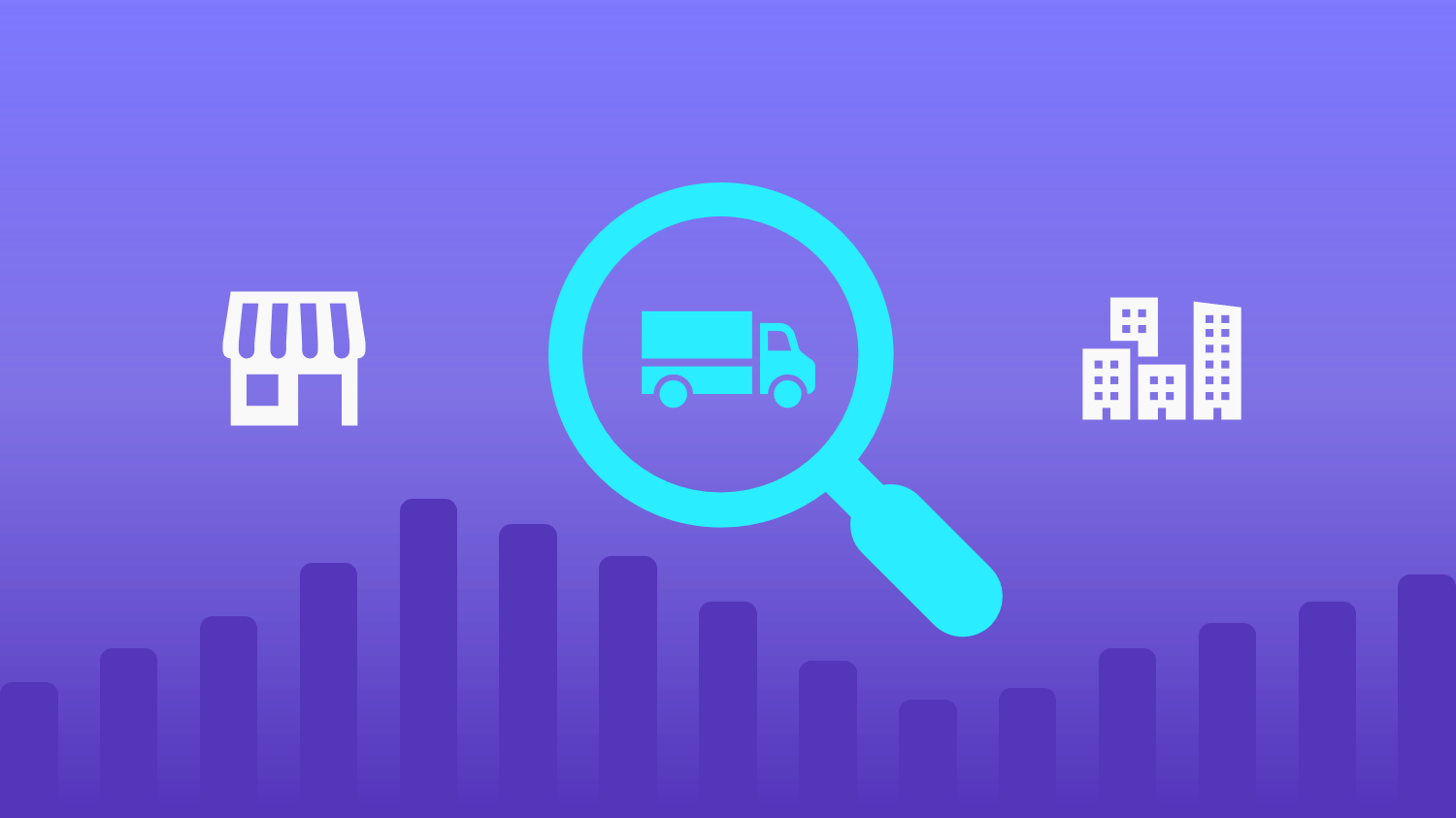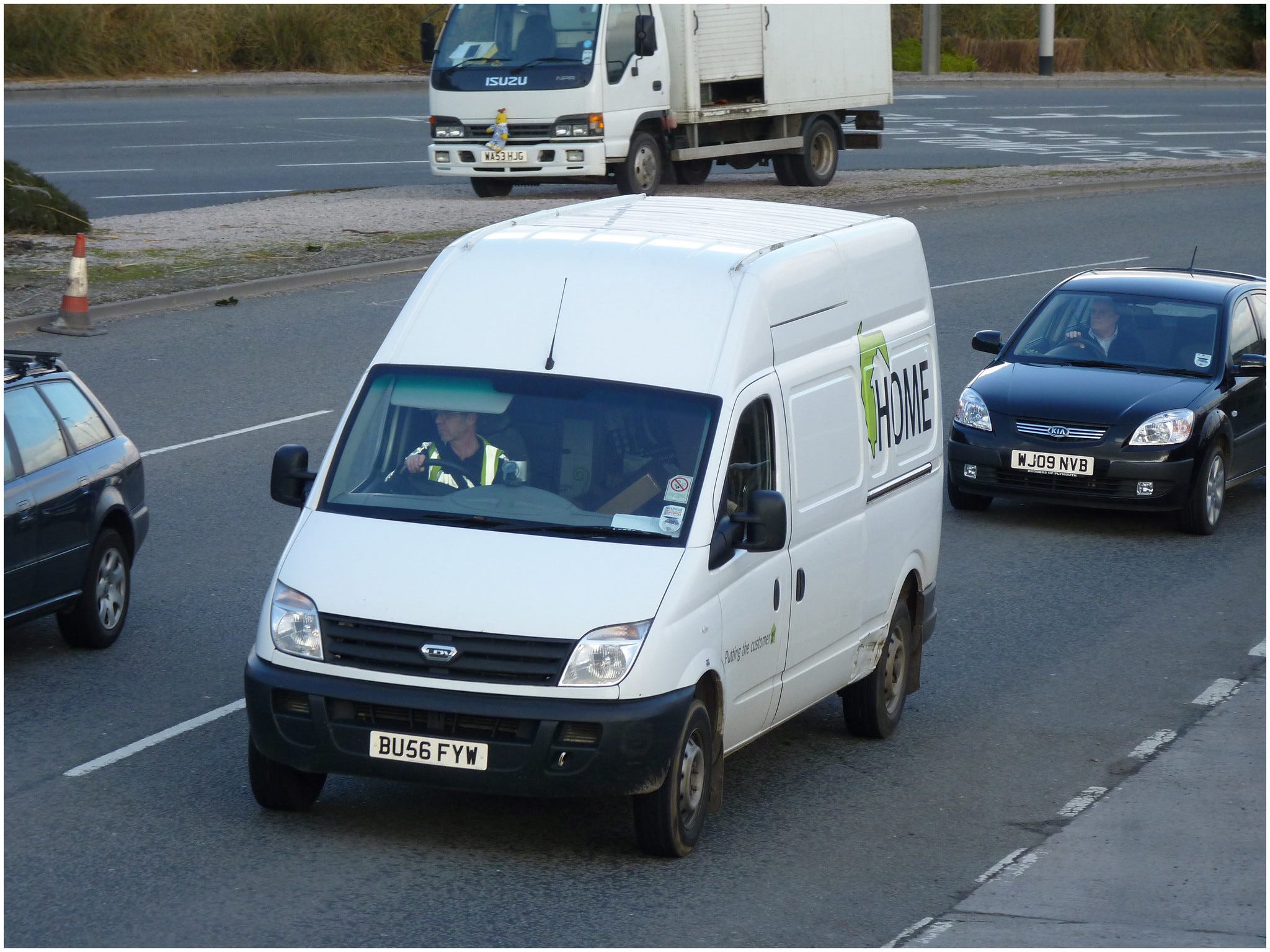
Omnicanality has become the alpha and omega of the shopping experience. The latter subject is, logically, often approached through the prism of customer satisfaction. However, the logistical implications of this model go far beyond this question. Indeed, the financial impact of a poorly controlled transformation can be immense.
For several years now, the B2C distribution sector has had only one word on its lips: omnicanality. Atol, JouéClub… 2019 has been full of shocking announcements on this subject. In order to provide an optimal customer experience, retailers are looking to completely de-ilateralize physical and e-commerce sales channels and buying experiences.
This is also in line with customer demand, who expect ever greater harmonization between physical and virtual distribution channels: 69% of them say they are ready to change brands if a number of services – click and collect, return of online purchases in store… – are not offered.
This ultra-fluid shopping experience obviously has significant implications in terms of logistics and transport. Traditionally, in B2C distribution there are two types of flows. The first go from the warehouse to the store, with, for example, messaging and groupage, and are particularly structured and timed. The second goes from the warehouse to the customer for home deliveries: they are already more fragmented due to the multiplicity of destinations, despite their large volume. They are most often small parcels, but also sometimes bulky products – furniture, heavy household appliances, etc. – that are not always easy to handle.
Extremely complex invoicing
The latter are of course more complex than the former, as the analysis of the associated transport invoicing reveals. For the carrier, the amount to be invoiced will depend on numerous criteria, combining distance of course, but also the units of work and their dimensions, or the selection made from the catalog of services offered: delivery to the floor, assembly, return of old equipment, packaging, second presentation of the delivery man, commission sales, etc. While the variety of services offered is a source of customer satisfaction, it is also obviously a source of great complexity in the transport tariff structures and therefore in its invoicing. In this context, invoicing anomalies to the detriment of shippers are numerous and can weigh heavily on expenses.

Controlling this type of invoicing is already a demanding challenge, one that is more or less well met by distributors – rather less. But that’s not all. The race for omnicanality is accompanied by a third major type of flow: from the store to the customer. This ship-from-store enables click-and-mortars-distributors with an e-commerce activity and a physical anchoring to stand out from their pure-players competitors and offer more flexibility and speed to their customers. This does not happen without a hitch. Most of the time, this shift has been made in response to urgent competitive pressure: many holes have remained in the racket, and in particular in invoicing, which is poorly and inadequately controlled.
In addition to all the difficulties mentioned above, there is the problem of starting points: a distributor of significant size generally has a few warehouses per country… but also hundreds of stores and therefore as many potential starting points. This extreme fragmentation has a very simple consequence: the recourse for each of these stores to small local carriers, flexible and conversant with their local market.
However, these carriers are most often poorly or not digitized, poorly equipped and produce their invoices in a very artisanal way. Their invoices are rarely available in digital format, and it is very difficult to extract usable data from them. This makes any management particularly delicate: distributors must therefore manage invoicing that is not only highly atomized, but also heterogeneous, with each carrier having its own invoicing method and its own calculation methods. Finally, it is rare for these collaborations to be the subject of a formal contract, which opens the door to vagueness and grey areas. These problems also arise in B2B for certain types of flows, for example with deliveries to construction sites, which rely on numerous local agencies and the same type of carriers.
Costly billing errors
In any case, these flows are particularly susceptible to repetitive billing errors: self-allocated bonuses without a contractual basis, bad fares, undue additional costs, etc. The anomalies observed generally represent 3 to 5% of the controlled transport expenditure, much more than for more standardized flows.

Putting invoicing under control in the specific context of the ship-from-store is therefore particularly relevant, doubly relevant in fact. On the one hand, of course, it allows the distributor to recover significant sums. But, above all, it considerably facilitates in the long run the management of transport in the broadest sense of the term. Indeed, this control is preceded upstream by a dialogue with the carriers: to obtain usable data, these small local carriers are encouraged to harmonize their invoicing and to modify and modernize their processes.
From then on, the carriers provide much cleaner information and more detailed invoicing: the process contributes directly to the improvement of transport management by injecting data that progressively becomes of better quality. As a result, companies quickly have a much better visibility of the activity operated by these small carriers. In particular, this enables better tracking of shipping profiles, detection of cost drifts and therefore targeting of new key issues in future negotiations.
This is the purpose of invoice control: it allows savings to be made while paving the way for ever more digitalized transport, which is of paramount importance here, as we are starting from a distance.
Switching to an omnichannel model is a major transformation that represents a major expense for retailers: of course, survival is at this price. But, in this context, it is vital to limit operating expenses: controlling invoicing remains the most elegant way of doing this, since it does not imply any negative impact on business performance.
Laurent Recors, CEO Sightness




